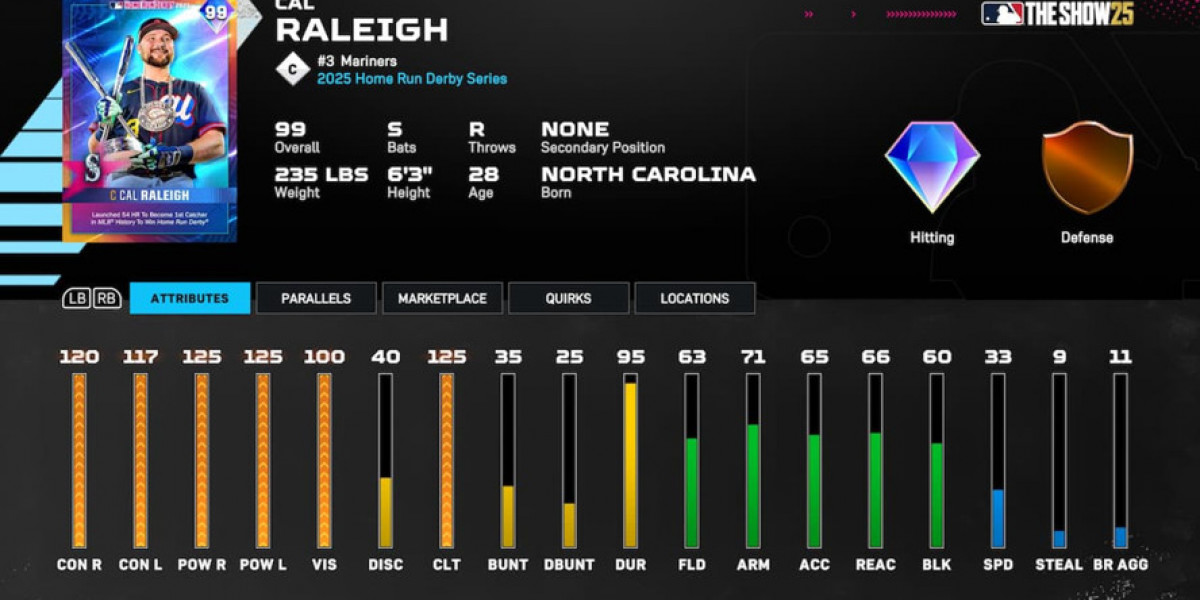In the rapidly evolving field of Building Information Modeling (BIM), efficiency and precision are the keys to successful project delivery. Autodesk Revit has long been the go-to software for architects, engineers, and construction professionals, thanks to its powerful modeling capabilities and parametric design features. However, when it comes to creating parametric families—components with adaptable dimensions, properties, and configurations—the process can be time-consuming and repetitive.
This is where Revit automation for parametric family generation comes into play, transforming hours of manual work into a matter of minutes, improving accuracy, and freeing up valuable time for creative and strategic tasks.
What is Parametric Family Generation in Revit?
In Revit, a family is essentially a collection of elements with shared parameters and a common graphical representation. Families can be system-based (walls, floors, roofs) or component-based (doors, windows, furniture, fixtures).
Parametric families take this a step further. They are dynamic models whose size, material, or behavior can be adjusted through defined parameters. For example, a parametric window family can automatically resize itself or change frame styles based on project requirements.
Key characteristics of parametric families:
Adjustable dimensions and properties
Consistent geometry control
Intelligent behavior linked to parameters
High reusability across multiple projects
While powerful, creating these families manually often involves repetitive parameter assignments, geometry constraints, and testing—making it a prime candidate for automation.
Why Automate Parametric Family Creation?
Manual creation of parametric families can be:
Time-consuming: Large-scale projects may require hundreds of unique yet related families.
Error-prone: Repetitive input increases the risk of inconsistencies.
Labor-intensive: Skilled professionals spend hours on tasks that could be automated.
With Revit automation, these challenges are addressed by leveraging tools like the Revit API (Application Programming Interface), Dynamo scripts, and custom plugins to generate and configure parametric families programmatically.
Benefits of Revit Automation for Parametric Families
Speed and Efficiency
Automation reduces the creation process from hours to minutes. A single script can generate dozens—or even hundreds—of variations instantly.Consistency and Accuracy
Automated processes apply parameters uniformly, ensuring all families meet the same standards.Scalability
Easily produce large sets of families for complex projects without manual intervention.Customization
Scripts can incorporate custom rules and company standards, ensuring brand consistency.Integration with BIM Workflows
Automated parametric families seamlessly integrate with other BIM processes, enabling better data management and interoperability.
How Revit Automation Works for Parametric Family Generation
There are multiple ways to implement automation in Revit, each suited for different levels of complexity and customization.
1. Revit API Development
The Revit API allows developers to create custom tools and plugins that interact directly with Revit’s core functions.
Using programming languages like C# or Python (via RevitPythonShell or pyRevit), developers can:
Create new family documents
Define and assign parameters
Build geometry programmatically
Load families into projects automatically
For example, a C# script can:
2. Dynamo Visual Programming
Dynamo is a node-based visual programming tool built into Revit that allows non-programmers to create automation workflows.
With Dynamo, you can:
Define input parameters (dimensions, materials, shapes)
Generate multiple family variations in bulk
Link data from Excel for parameter-driven family creation
This is ideal for users who want automation without deep coding knowledge.
3. Third-Party Automation Tools
Several BIM automation tools and plugins offer parametric family generation capabilities out-of-the-box. These can be integrated with Revit to enhance productivity further. Popular tools include:
Revit Macros
pyRevit extensions
BIM 360 integrated scripts
Best Practices for Automating Parametric Family Creation
To get the most out of Revit automation for parametric family generation, consider the following best practices:
1. Define Standards Early
Before automating, ensure your company or project has established naming conventions, parameter naming rules, and geometry standards. Automation will amplify both good and bad practices.
2. Use Template Families
Start with clean, well-structured template families that already contain common parameters and constraints. This reduces script complexity.
3. Validate Parameters
Incorporate validation steps in your automation scripts to prevent invalid parameter values that could break the family’s geometry.
4. Document the Workflow
Maintain clear documentation for scripts and automation processes so team members can troubleshoot and update them as needed.
5. Test Before Scaling
Always test automation workflows on a small set of families before running them on a large project dataset.
Conclusion
Revit automation for parametric family generation is more than just a time-saving tool—it’s a strategic advantage for any BIM-focused team. By reducing repetitive tasks, improving accuracy, and enabling large-scale customization, automation empowers professionals to focus on what matters most: delivering innovative, high-quality designs.
Whether through the Revit API, Dynamo, or third-party tools, investing in automation now sets your projects—and your team—up for greater success in the future of digital construction.








